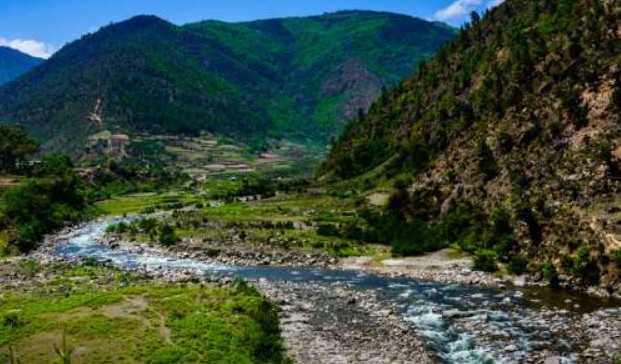Beijing is using water as an instrument of hard politics. New Delhi must counter it.
Read More: Friends in deed
To devise a plan to engage China on the issue of the Brahmaputra dams, it is important to understand two fundamental issues. One, China’s geographical position (an upper riparian State) cannot be altered. Two, the Indian and Chinese approach towards water-related issues with the neighbors have followed different trajectories. While India, as an upper riparian neighbor, has always opted for a treaty-based approach with Pakistan, Nepal, Bhutan and Bangladesh, China’s approach with 11 of its neighbors with whom it shares rivers, has been more unilateral. Beijing uses water and dams as instruments of hard politics. Unlike India, Beijing has little respect for legal conventions — the 1997 UN Watercourses Convention is an example. India does not have a water treaty with China.




